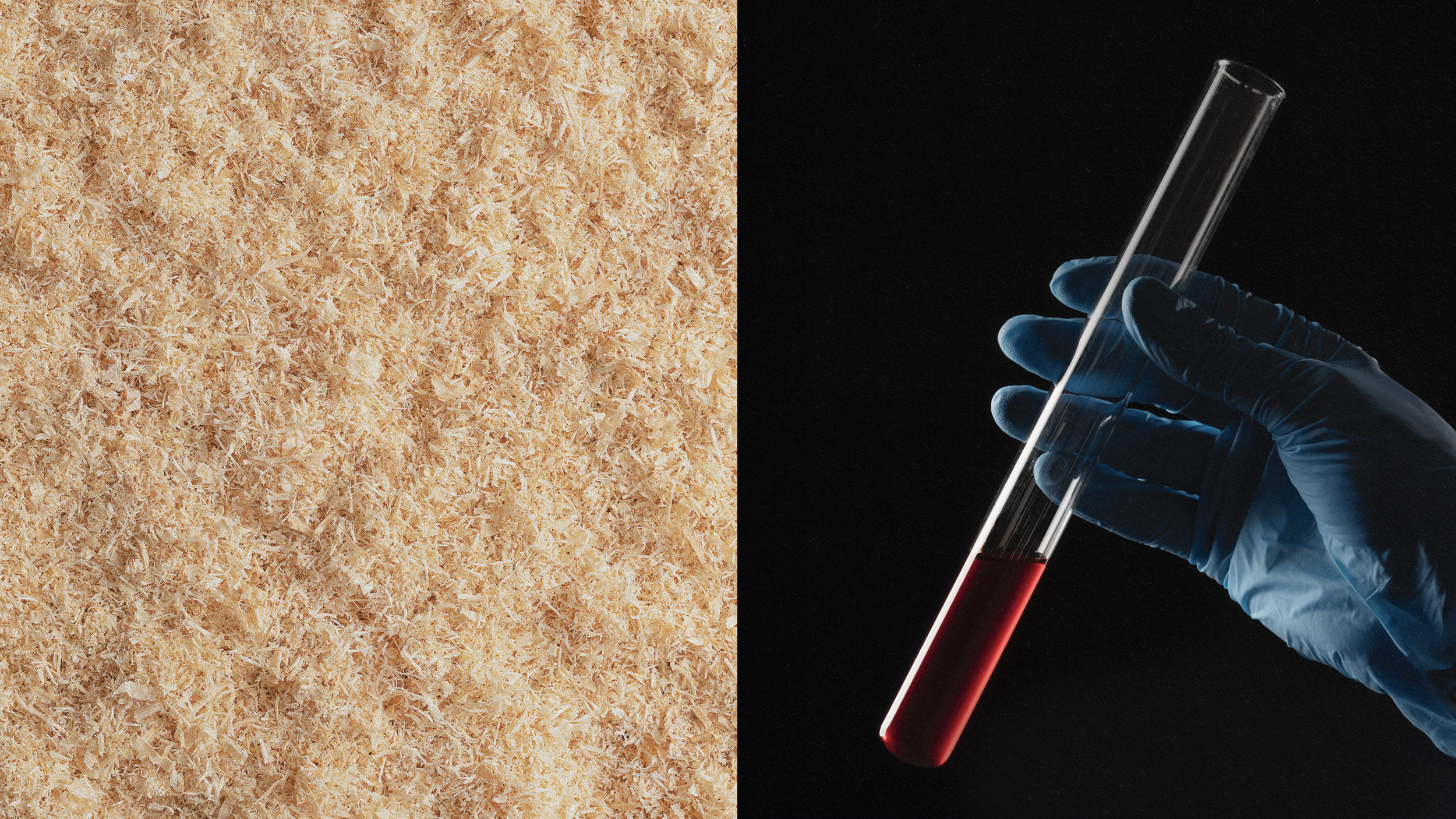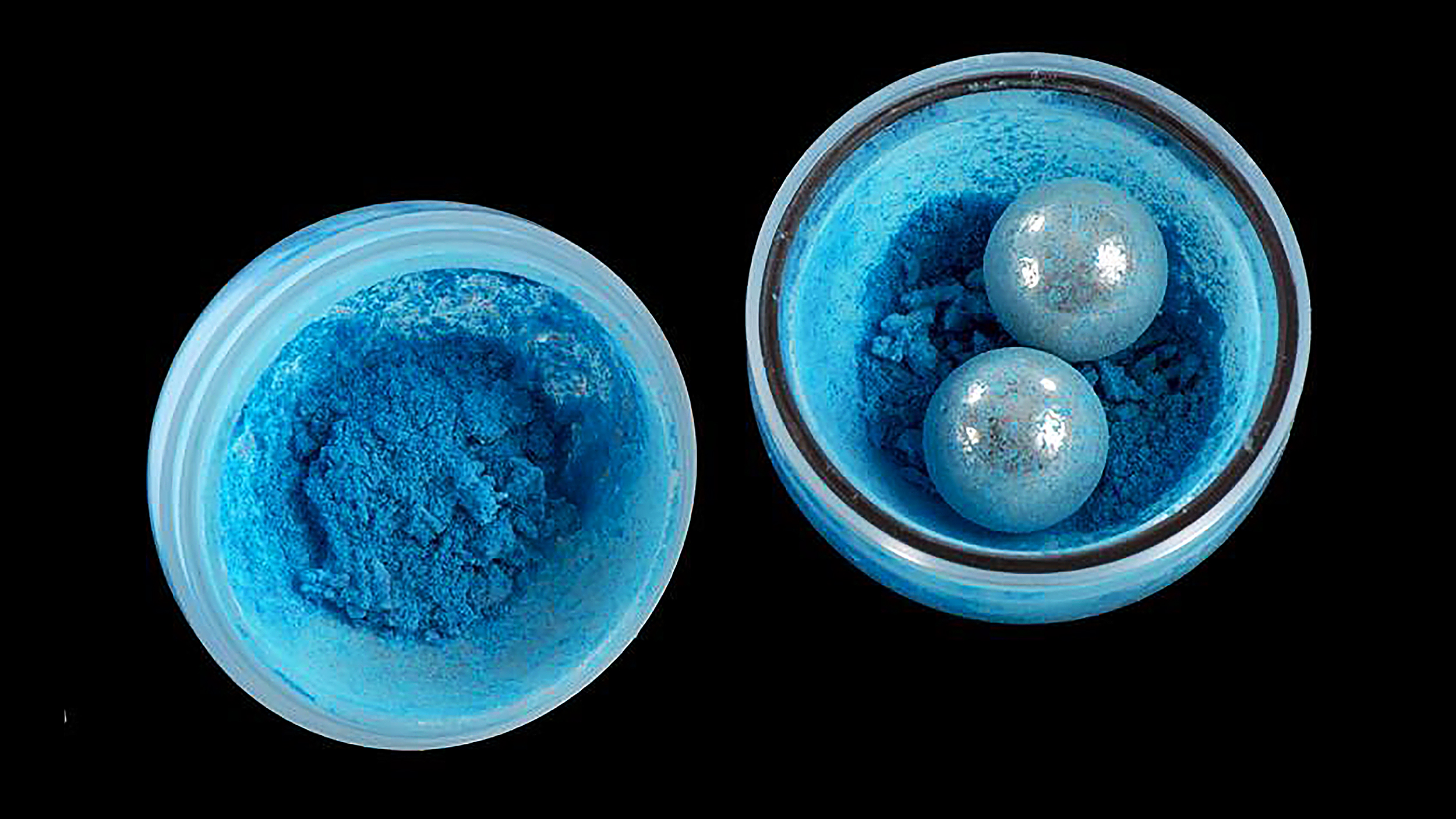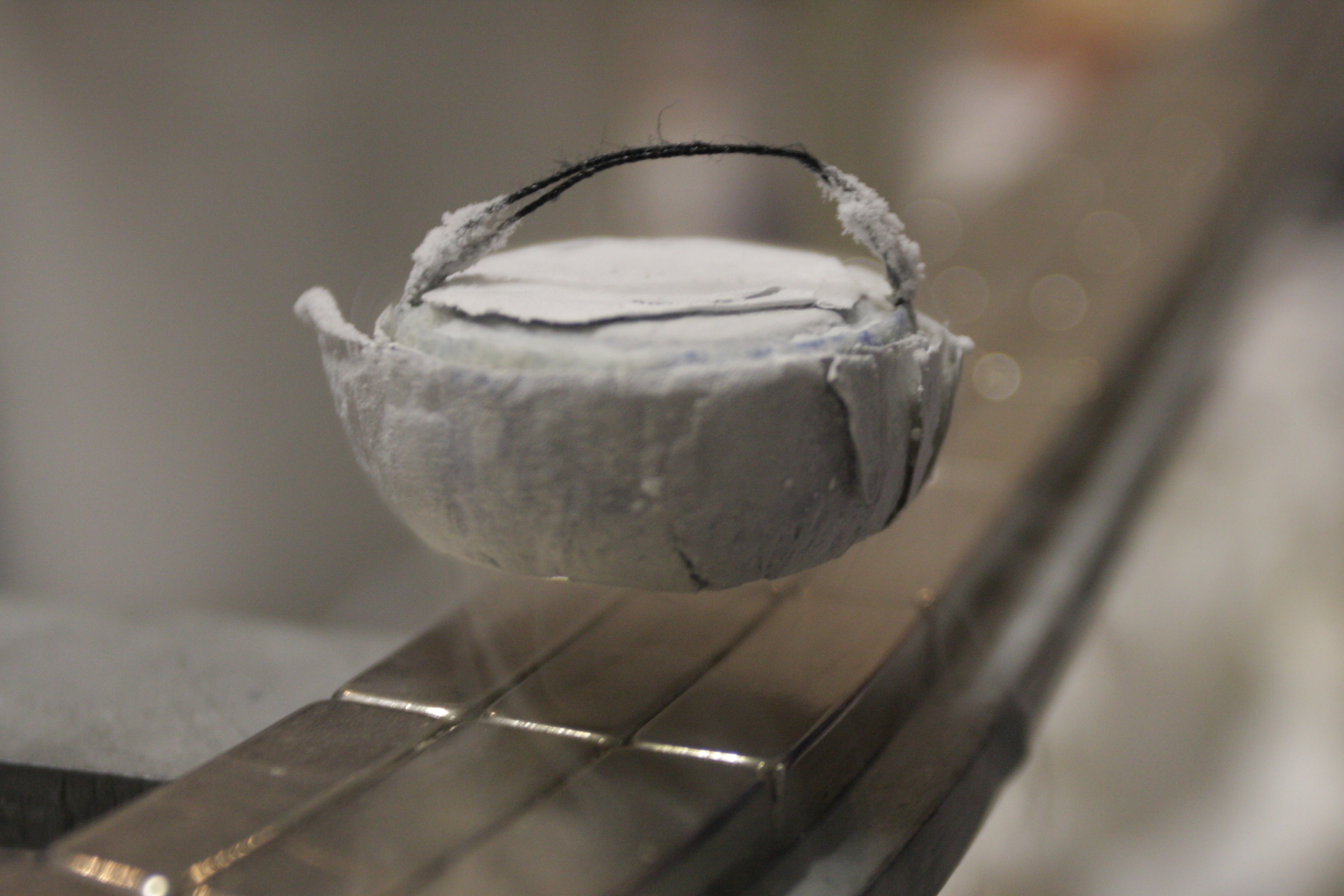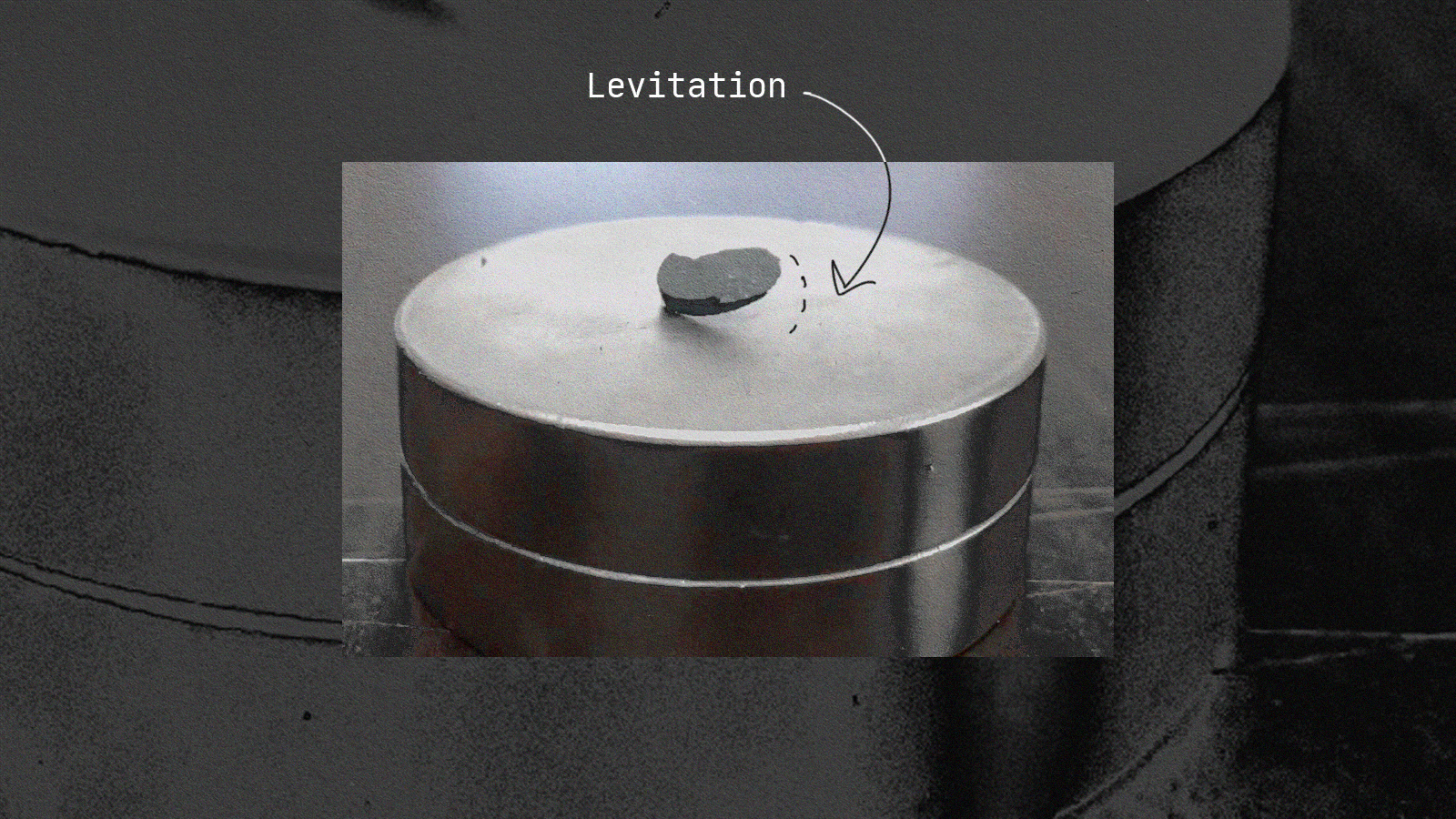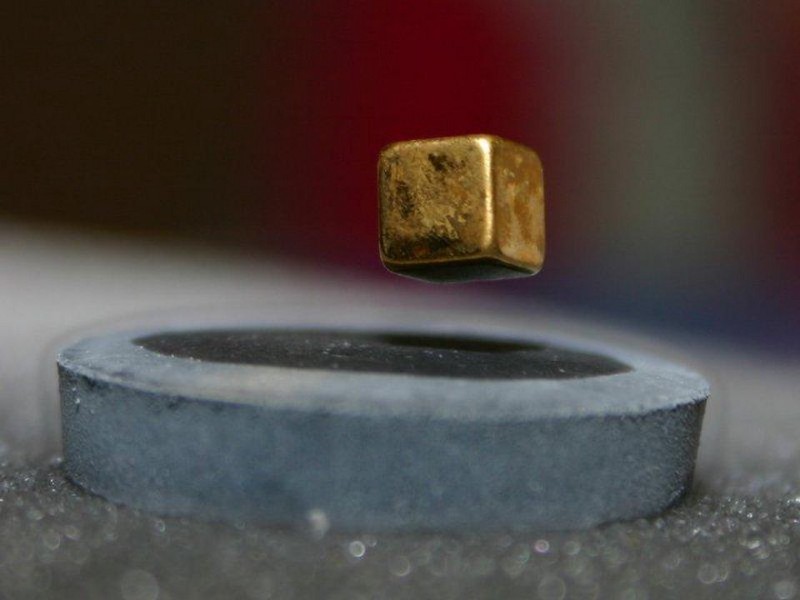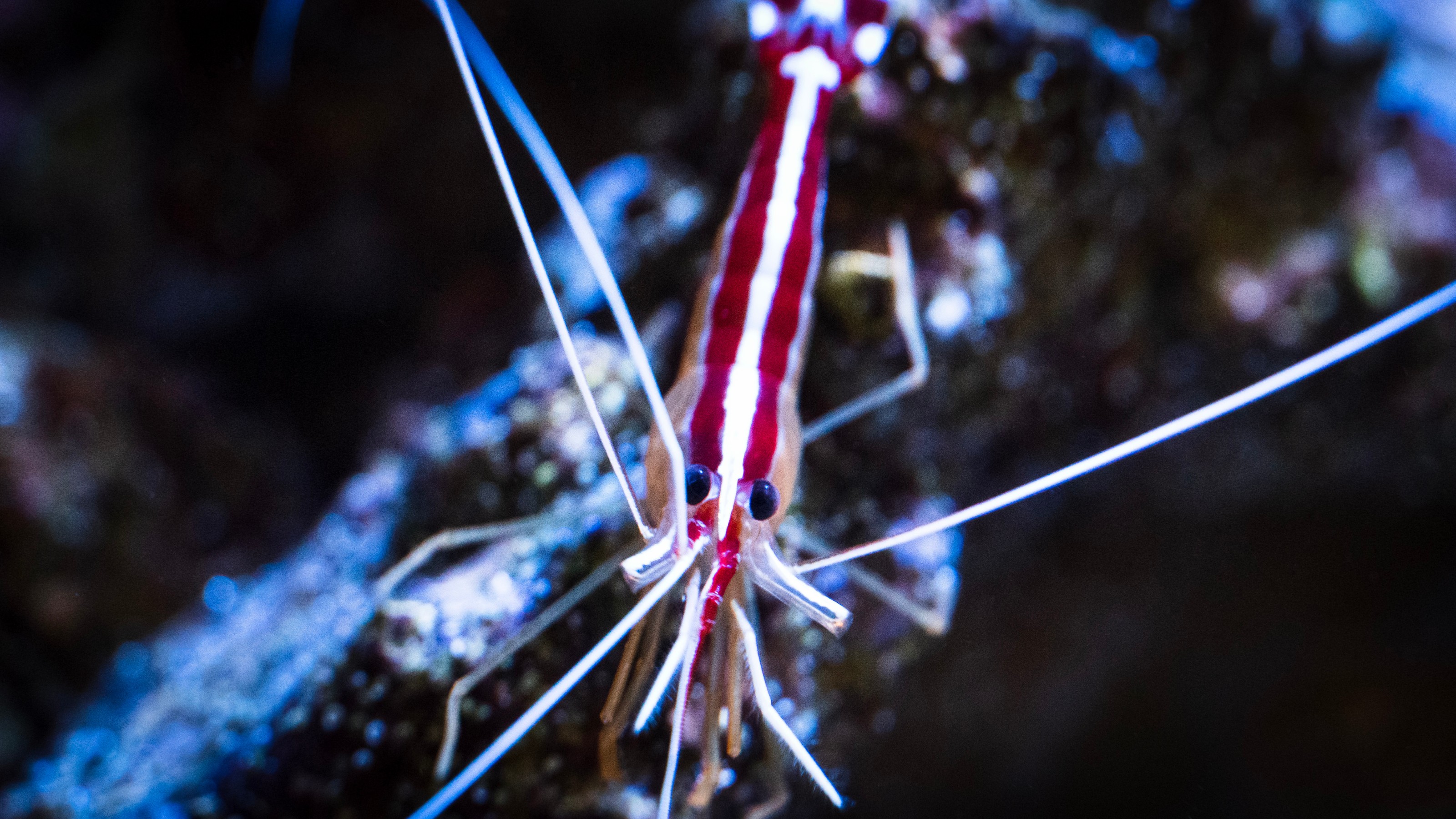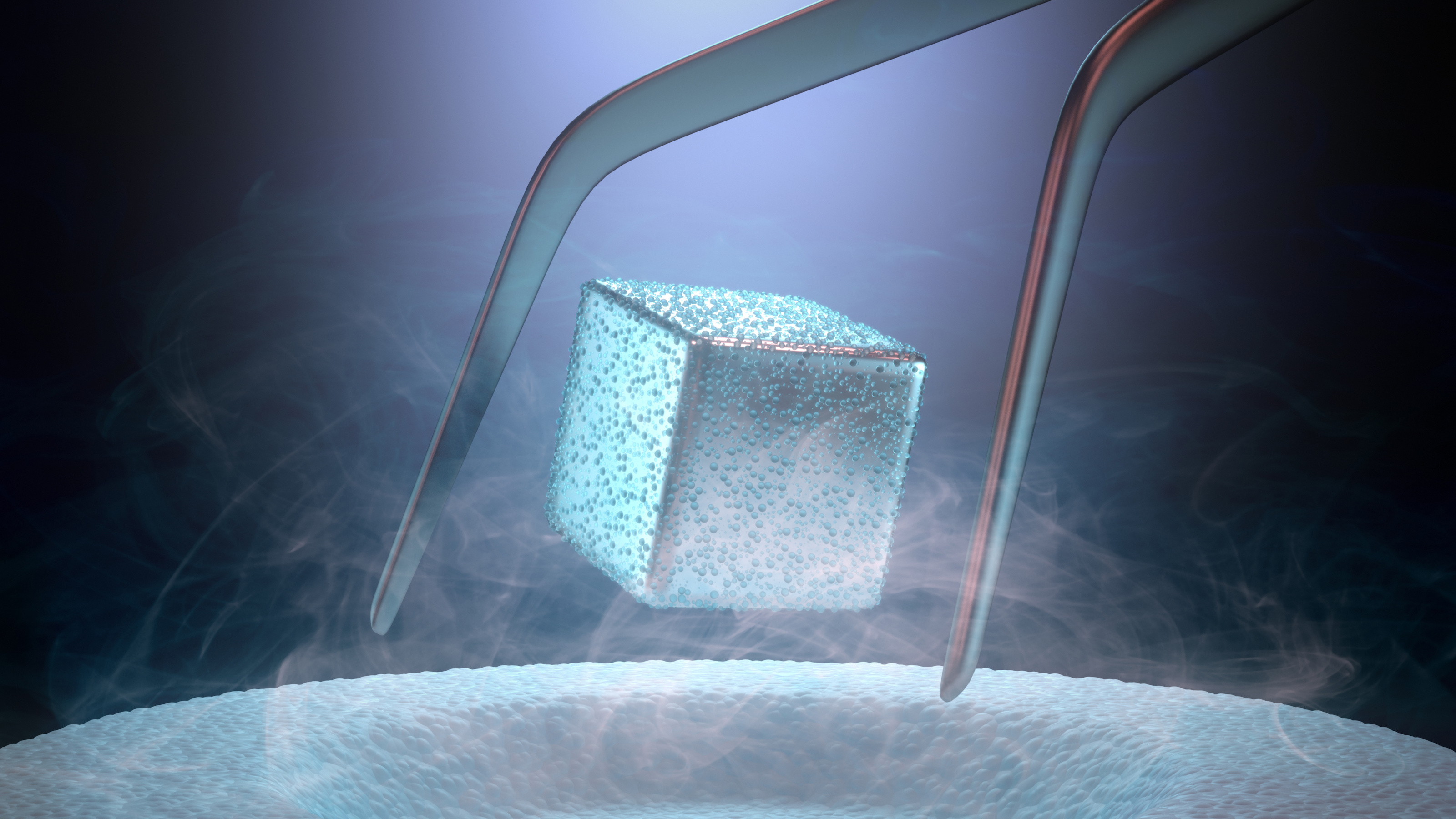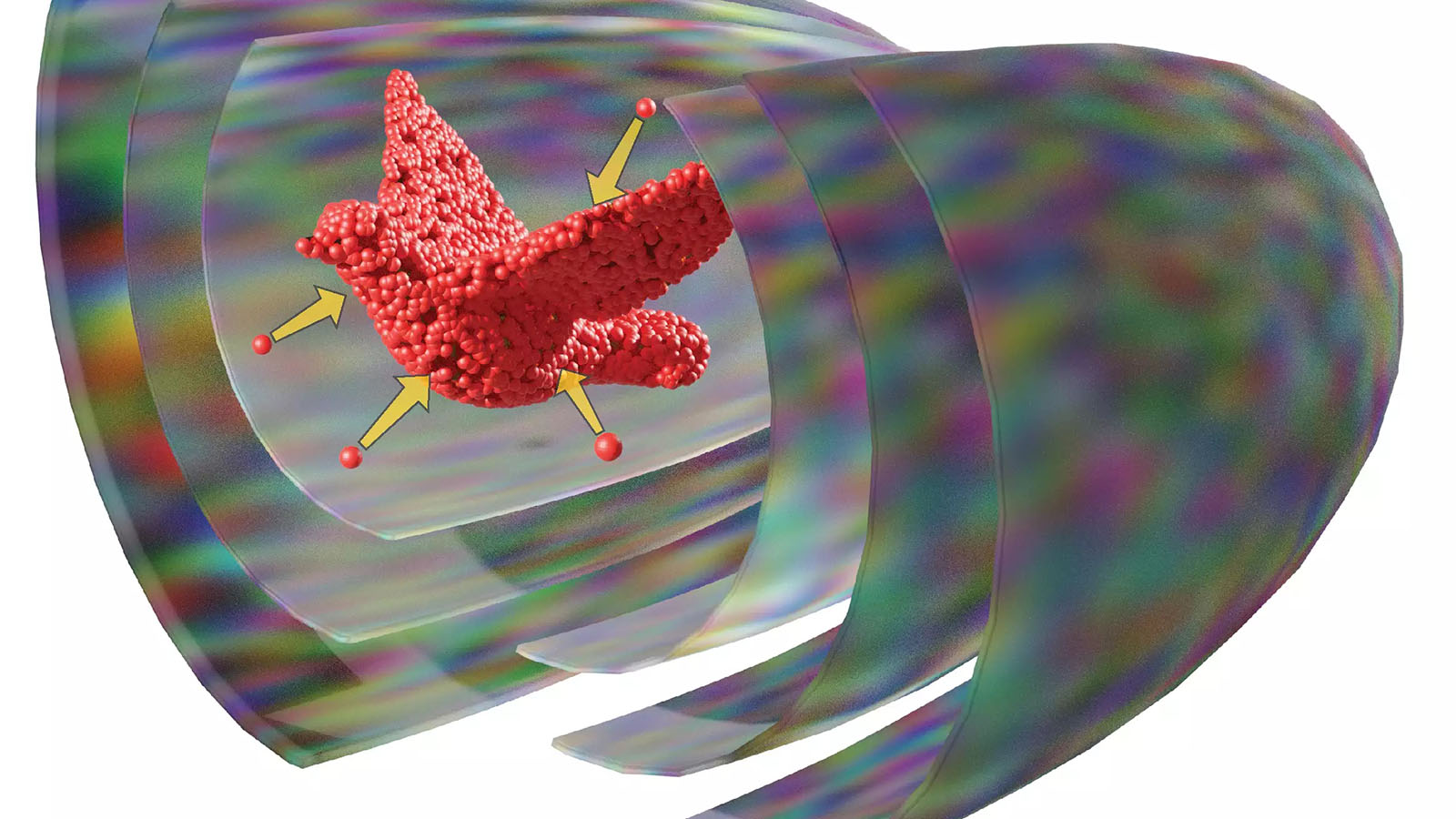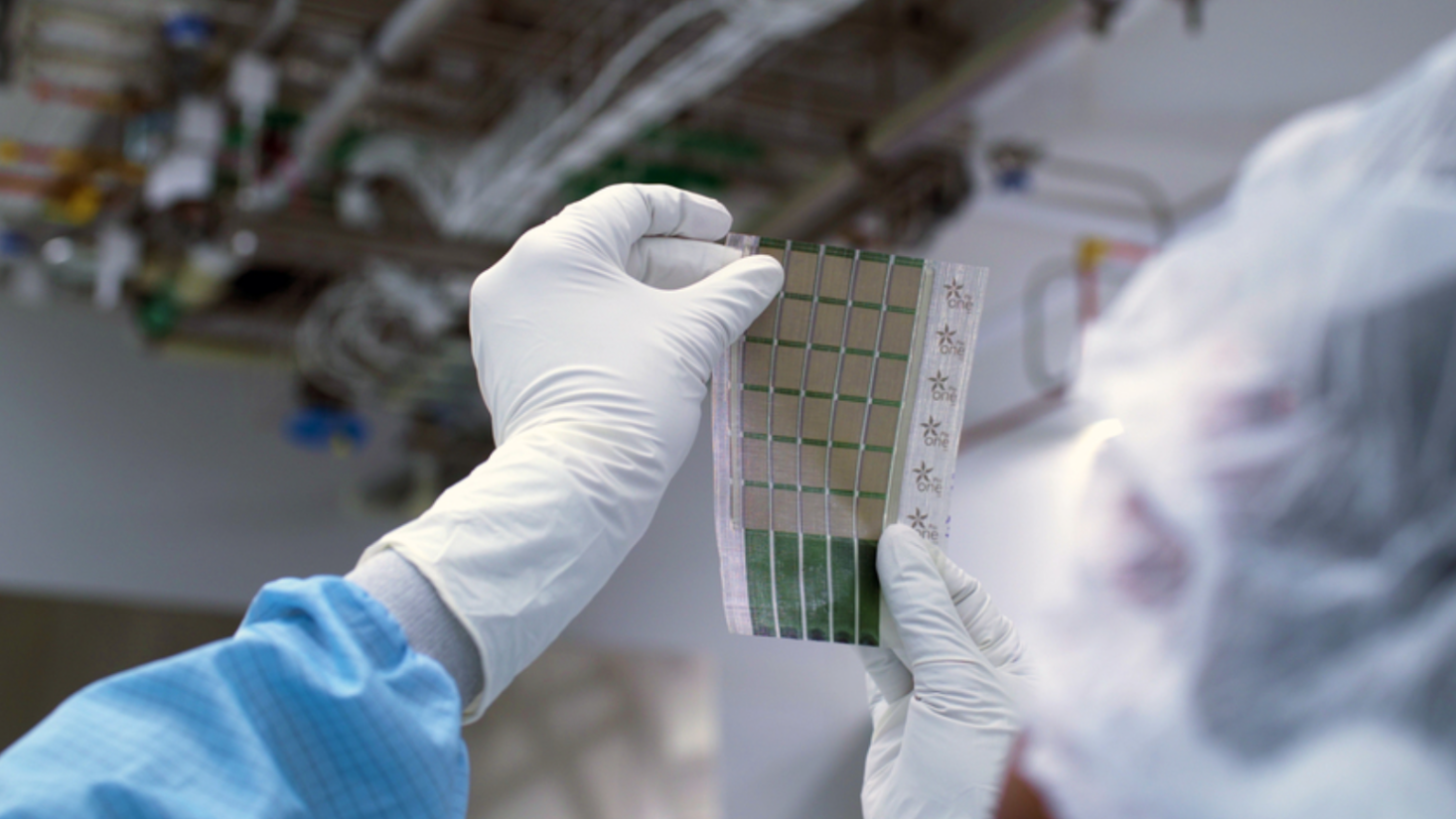materials
In this excerpt from “Tales of Militant Chemistry,” Alice Lovejoy exposes how the need for uranium during WWII led the Allied governments to turn a blind eye to colonial exploitation.
The lithium-ion alternatives could help create a safer, greener future.
Saudi Arabia’s Jeddah Tower is poised to become the world’s tallest building. What’s behind the century-plus drive to build ever taller skyscrapers?
Former Levi Strauss & Co. CEO Chip Bergh revitalized the brand with a visionary innovation plan.
It’s 50% stronger than comparable materials used in aerospace.
Do the benefits of plastics outweigh the costs?
Sometimes called “the new gold,” sand is the second most exploited natural resource in the world after fresh water.
ÄIO’s fermentation process creates healthy, sustainable oils and fats by upcycling low-value industry organics.
Chemists could replace bubbling flasks with tumbling ball mills.
A unique combination of DNA and silica is the strongest known material for its density (but you’ll need a lot of it before you can build a suit from it).
You can’t farm spiders — but putting spider genes into silkworms works even better.
It’s early days, but if the efforts can be efficiently scaled-up, such biological recycling could put a dent in the plastic waste problem.
McDermitt Caldera, the site of an ancient volcanic eruption, straddles the border of Oregon and Nevada.
Time to rewrite our understanding of structural engineering.
Smarter building materials can control indoor temperatures without external power.
LK-99, almost certainly, isn’t a room-temperature superconductor. The underlying physics of the phenomenon helps us understand why.
An army of replicators belonging to national laboratories, research universities, and amateur garages is rushing to replicate ambient superconductivity in LK-99.
Recent claims put LK-99 as the first room temperature, ambient pressure superconductor ever. Has the game changed, or is it merely hype?
The biggest nuclear blast in history came courtesy of Tsar Bomba. We could make something at least 100 times more powerful.
The material is both stronger and lighter than those used to make conventional power plant turbines.
But it’s still challenging to build a 22,000-mile elevator.
The intensely white coloration of the shrimp is a remarkable feat of bioengineering.
500 sheep were slaughtered to produce the 2,060 pages of the “Codex Amiatinus,” a Latin translation of the Bible.
The cathedral is being explored as never before.
So far, two papers have been retracted, and a third is under investigation. Accusations of plagiarism appear convincing.
3D-printing robots are being used to build a 100-home housing development in the US state of Texas.
Using shaped ultrasound, researchers can 3D print objects in one shot.
Was it the enormous magnitude of the quake, or is the problem with the buildings?
Some solar cells are so lightweight they can sit on a soap bubble.








